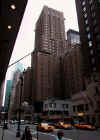 |
New York
Architecture Images-Upper East Side
THE MARRIOTT EAST SIDE HOTEL |
|
architect |
Arthur Loomis Harmon (who became a
partner in the firm that designed the Empire State Building several years later) |
|
location |
525 Lexington Ave. (Between 48th and 49th Streets) |
|
date |
1924 |
|
style |
Art Deco with Romanesque Revival touches |
|
construction |
Each setback and the top are clad in limestone, in contrast to the overall brown facade brickwork. Also the base is of limestone, with neo-Romanesque decor and arches. The decor also includes protruding gargoyles above entrance as well as extensive use of other sculptures. |
|
type |
Hotel |
|
|
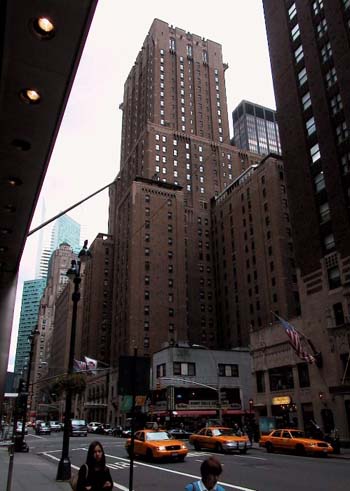 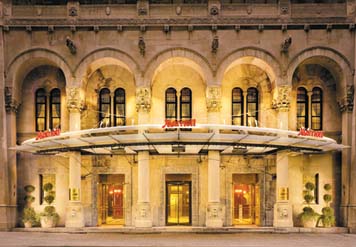 |
|
images |
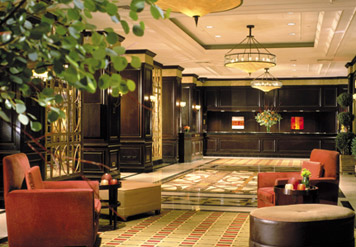 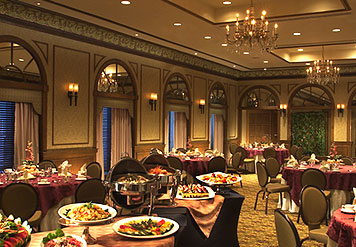 |
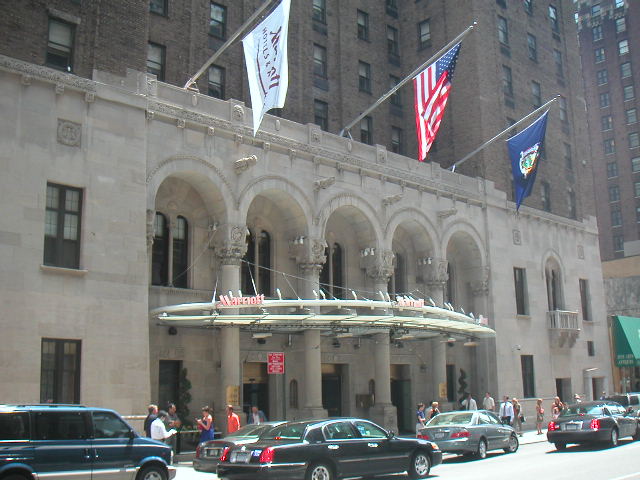 |
|
|
|
Robert A. M. Stern, Gregory Gilmartin and Thomas Mellins, "New York 1930, Architecture and Urbanism Between The Two World Wars," published by Rizzoli in 1987," "The two great architectural problems of the era - that of the skyscraper and that of skyscraper living - came together in 1924 in Arthur Loomis Harmon's remarkable and totally unexpected Shelton Club Hotel ....it was not the Shelton's height but its design that thrilled the public and the profession alike. Here, for the first time, one could see the new zoning laws skillfully translated into a complexly massed, powerfully modeled composition that combined bold scale with a fine sense of detail so that the building's appeal was not only as a virtual lone icon on the east midtown skyline, but also as a subtle insertion into the architectural of the city's streets. Fiske Kimball proclaimed that 'from the front, the building seems not merely to have a tower, but to be a tower. In three great leaps of rhythmic height it rises, gathering in its forces for the final flight.' The Shelton's tower was the first tall building of the postwar era in New York to convincingly inhabit its height, and even to seem greater than its size. Harmon actually bulged its mass as it rose, employing the entasis characteristic of Classical columns, to prevent the illusion of sagging. The lower floors are inclined inward to enhance the illusion of height, and the inherently repetitious pattern of double-hung windows, each lighting a single small guest bedroom, was relieved by introducing recessing vertical panels that fostered shadows and further contributed to the sense of three-dimensionality. While stylistic refeneces to Venetian Gothic and Romanesque design were present throughout, and particularly in the limestone base with its two-story loggia entrance the general effect was, as George Harold Edgell put it, like 'some titanic result of the force of nature rather than a building by the hand of man. The mass seen at dusk is as impressive as Gilbraltar.' .... "The Shelton caught the essence of [famed architectural artist Hugh] Ferriss's ideal: 'Its form makes it impossible that it will ever be lost amid adjoining buildings - almost invariably the fate of cube-like structures whose individuality is indistinguishable amid identical neighbors ... With the fires which heat its steel rivets still burning brightly in its lofty grill, this structure is a predilection of the city of the next generation - no longer a checkerboard of solidly built blocks, but a disposition of individual buildings, wherein one will be able to comprehend each element, where it is and what it is.' |
| New York Marriott East
Side 525 Lexington Avenue New York, New York 10017 USA Phone: 1-212-755-4000 Fax: 1-212-751-3440 Sales: 1-212-715-4260 Toll-Free: 1-800-242-8684 |
|
|
links |
http://marriott.com/property/propertypage/nycea?WT_Ref=mi_left |